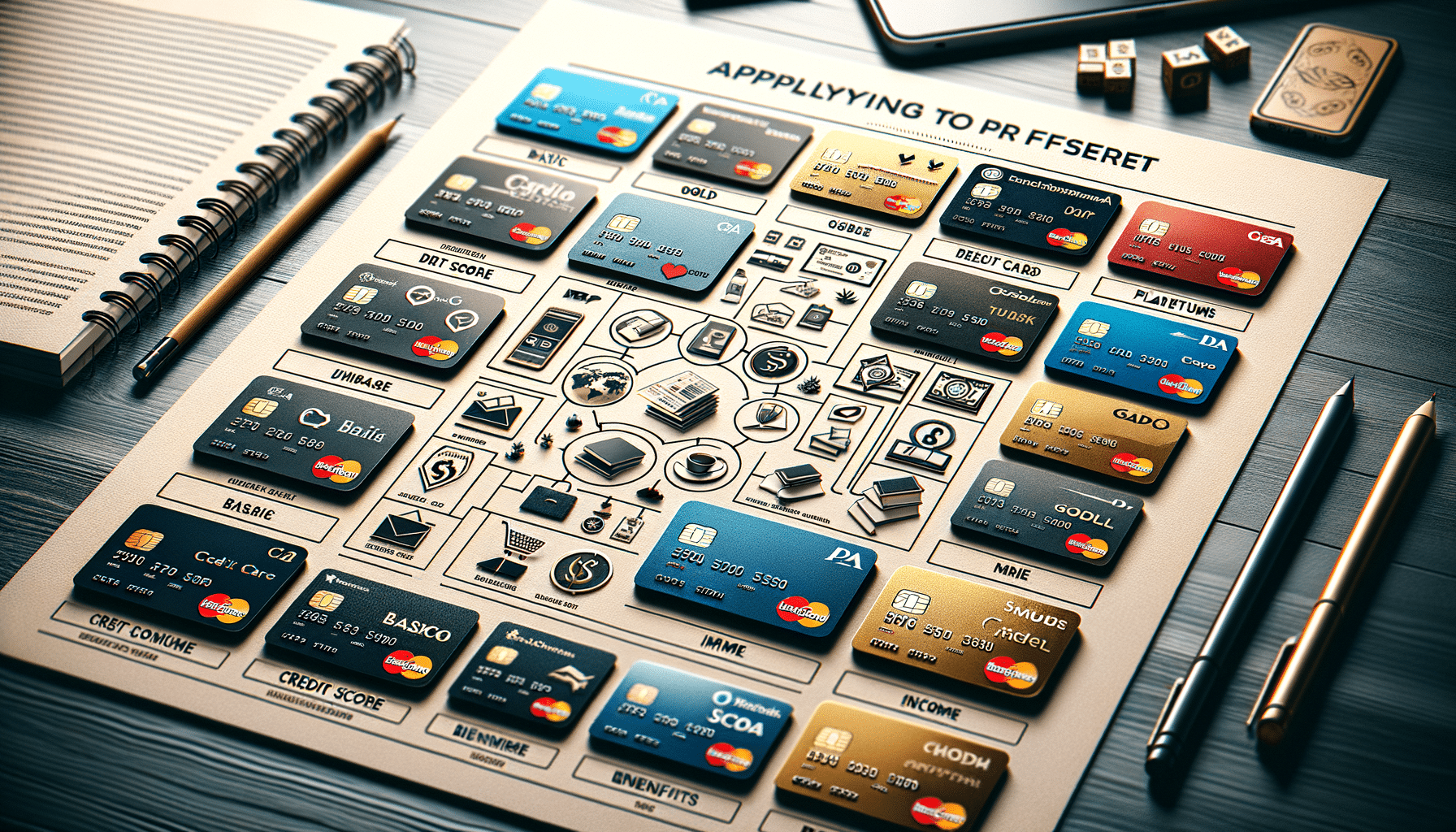
A Beginner’s Guide to Credit Cards: What to Learn Before You Apply
Understanding the Basics of Credit Cards
Credit cards are an integral part of modern financial life, offering convenience and a way to build credit history. However, applying for your first credit card can be daunting due to the myriad of options and terms involved. Understanding the fundamentals is crucial to making an informed decision.
Credit cards operate on a simple principle: they allow you to borrow money up to a predetermined limit to make purchases or withdraw cash. Each month, you receive a statement detailing your transactions and the minimum payment due. Paying the full balance each month can help you avoid interest charges, while paying only the minimum can lead to accumulating interest over time.
Before applying, consider your financial habits and needs. Are you looking to build credit, earn rewards, or simply have a convenient payment method? Different cards cater to different needs, so identifying your primary goal can narrow down your choices.
In addition to personal considerations, familiarize yourself with common credit card terms:
- Annual Percentage Rate (APR): The interest rate charged on unpaid balances.
- Credit Limit: The maximum amount you can charge on the card.
- Grace Period: The time between the end of your billing cycle and the due date, during which you can pay your balance without incurring interest.
Understanding these basics can empower you to choose a credit card that aligns with your financial goals and lifestyle.
How to Apply for Your First Credit Card
Applying for your first credit card is a significant step in establishing your financial independence. The process involves several key steps, each requiring careful consideration to ensure you select a card that meets your needs.
Begin by assessing your credit score, as it plays a crucial role in determining your eligibility and the terms of your credit card. If you have no credit history, consider applying for a secured credit card, which requires a cash deposit that serves as your credit limit. This type of card is often easier to obtain and can help you build credit.
Once you’ve determined your credit score, research various credit card options. Compare factors such as interest rates, fees, and rewards programs. Some cards offer cash back on purchases, while others provide travel points or discounts at specific retailers.
When you’re ready to apply, gather the necessary documents, such as proof of income and identification. Most applications can be completed online, and you’ll typically receive a decision within a few days. If approved, you’ll receive your card in the mail, along with instructions on how to activate it.
It’s important to use your new credit card responsibly. Make timely payments, keep your balance low relative to your credit limit, and monitor your statements for any unauthorized charges. These practices can help you build a positive credit history, paving the way for better financial opportunities in the future.
Exploring Different Credit Card Options
The credit card market is vast, with numerous options catering to various financial needs and lifestyles. Understanding the different types of credit cards available can help you make an informed choice.
Secured Credit Cards: Ideal for individuals with no credit history, secured cards require a cash deposit that serves as collateral. They function like regular credit cards and can help you build credit over time.
Student Credit Cards: Designed for college students, these cards often have lower credit limits and fewer fees. They can be a stepping stone to building credit while still in school.
Rewards Credit Cards: These cards offer incentives such as cash back, points, or miles for each purchase. They’re suitable for those who pay their balance in full each month to avoid interest charges.
Low-Interest Credit Cards: Featuring lower APRs, these cards are beneficial for individuals who carry a balance from month to month. They can help minimize interest costs over time.
When choosing a credit card, consider factors such as your spending habits, financial goals, and the card’s terms and conditions. By selecting a card that aligns with your needs, you can maximize the benefits while minimizing potential drawbacks.


